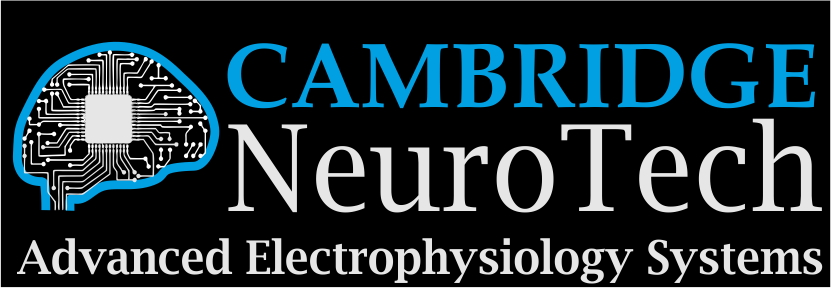Davide Burchielli (Marco Bonizzato's Lab)
Neuronal activity in the medial entorhinal cortex is coordinated with thalamic head direction cells during wake and sleep
Gilberto Vite (Adrien Peyrache's Lab)
@gilberto_vite
The Montreal Neurological Institute, McGill University, Canada
As a PhD candidate at the Peyrache Lab, McGill University, my research investigates the dynamic spatial representations in the medial entorhinal cortex and their reliance on inputs from the anterodorsal thalamus, shedding light on the complexities of brain navigation mechanisms
Successful navigation requires the production of signals that remain consistent, irrespective of changes in the environment. This can be achieved by constraining neuronal activity to low-dimensional subspaces that are mapped onto spatial features of an animal's behavior. During sleep, a period of reduced external input, pairwise coordination is maintained within different areas of the spatial navigation system. This coordination is notably seen between grid cells of the entorhinal cortex (MEC) and head-direction (HD) cells in the anterodorsal nucleus (ADn) of the thalamus. This supports the idea that activity in this network remains organized in all conditions. Since the ADn is necessary for the formation of grid cells, we hypothesized that the organization of neuronal activity within MEC requires a coherent HD input signal. To test this possibility, we performed simultaneous electrophysiological recordings in the ADn and MEC during periods of wakefulness and sleep. We first showed that coordination between HD cell pairs in ADn and MEC is preserved after environmental changes, as demonstrated in a cue rotation experiment. In addition, the preferred direction angular offset of ADn-MEC HD cell pairs predicted pairwise correlation during sleep. Lastly, the correlation among cell pairs in ADn was more stable over time, suggesting a more rigid structure in ADn compared to MEC. In conclusion, our findings suggest that organized activity in the MEC is, at least in part, controlled by the coherent HD signal arising from the ADn across brain states.
References:
1. Peyrache et al. (2015) Nat. Neurosci. 18, 569-575.
2. Gardner et al. (2019) Nat. Neurosci. 22, 598-608.
3. Winter et al. (2015) Science. 22, 870-874.




